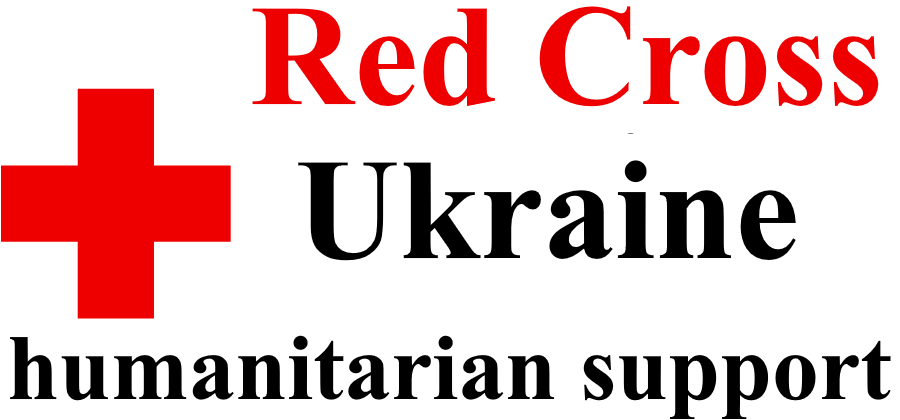British English – American English: Miscellaneous (vocabulary)
Dear All,
In the previous post, the topic of food has been discussed and some major differences between BrE (plain type) and AmE (bold type) have been pointed out. The present post continues exploring the vocabulary of the two language varieties and focuses on such topics as: people and home/buildings as well as some other words in common use.
I would like to start with the topic of people. This topic includes the words used to name different age, professions (e.g. postman, cashier) or otherwise describe people (e.g. lad, chap):
 boy, lad – boy*(BP, 2014; OD, 2014; CDO, 2014; MW, 2014; ABBY Lingvo, 2014)**
boy, lad – boy*(BP, 2014; OD, 2014; CDO, 2014; MW, 2014; ABBY Lingvo, 2014)**
caretaker – janitor
cashier – teller
chap – guy
girl, lass – girl
dustman – garbage man
lollypop man/woman – crossing guard
mum, mummy – mom, mommy, ma
pal – buddy
sideboards – sideburns
spot – pimple
policeman – police officer
postman – mailman
solicitor – lawyer, attorney
There are only a few words in this group because most of them had already existed before the AmE variety developed and consequently AmE preserved most of these words.
The next groups has to do with the topic of home and buildings:
 bath – bath tub
bath – bath tub
to bath – to bathe
bin/dust bin – trash can
block of flats – apartment building, apartment house
bungalow – one story house, ranch house
bureau de change – currency exchange
café – diner
chemist’s shop – drugstore, pharmacy
the cinema – the movies
cooker – stove, range
corner shop – grocery store
crèche – daycare
curtains – curtains, drapes
drawing room – living room
duvet – comforter (“doona” in Australian English)
first floor – second floor
fishmonger’s – fish store
fruiterer’s – fruit store
garden – [back]yard
ground floor, 0 – ground floor, first floor, lobby
to hoover – to vacuum
flat – apartment
floor – stor[e]y
ironmonger – hardware store
to let – to rent, to lease
lift – elevator
lounge – living room
pushchair – stroller
radio, wireless – radio
reception – front desk, lobby
to run a bath – to fill a tub
semi-detached house – duplex
shopping centre – [shopping] mall
sink, washbasin – sink
sitting room – living room
sweet shop – candy store
terrace – town house
tap – faucet
toilet, loo, WC – washroom, bathroom, restroom
torch – flashlight
town centre – downtown
trolley – cart
wardrobe – closet
The words above are objects found around a house (e.g. sink, wardrobe), building parts and places (e.g. living room), types of buildings according to their structure or use (e.g. terrace, chemist’s shop).
In addition to this, there are other words which people use in everyday speech. These words belong to different semantic groups:
 American football – football
American football – football
anti-clockwise – counter-clockwise
autumn – fall
bank holiday – national holiday
brackets – parentheses
car boot sale – garage sale
dear – expensive
draughts – checkers
film – movie
fire brigade – fire department
football – soccer
full stop – period
to hire a car – to rent a car
holiday – vacation
jumble sale – yard sale
ladybird – ladybug
nil (sport) – nothing, zero
noughts and crosses – tic tac toe
parcel – package
phone box – telephone booth
plaster – Band-Aid
post – mail
postcode – zip code
queue – line
rucksack – backpack
self-catering – no meals included
sellotape – sticky tape, scotch tape
tippex – white out
Some of the words in this group are pertinent to sport and games (e.g. football, nil), however, many other words belong to other topics. I have included these words because they are used quite frequently and the person who familiarize with the differences above before going to a place where BrE or AmE is used or before communicating with people speaking one of these language varieties should be able to avoid misunderstandings.
In summary, this post has focused on two major topics: people and home/buildings. Some words which belong to various other topics have also been discussed. The following post is going to concentrate on the differences in vocabulary pertinent to units of measurement.
See similar posts:
- British English – American English: Pronunciation
- British English – American English: Spelling
- British English – American English: Education (vocabulary)
- British English – American English: Transportation (vocabulary)
- British English – American English: Clothes (vocabulary)
- British English – American English: Food (vocabulary)
- British English – American English: Units of measurement (vocabulary)
- British English – American English: Idioms (vocabulary)
- British English – American English: Verbs (grammar)
- British English – American English: Nouns (grammar)
- British English – American English: Prepositions (grammar)
References
ABBYY Lingvo (2014). Retrieved March 14, 2014 from, http://www.lingvo-online.ru/en
Cambridge Dictionaries Online (CDO) (2014). Retrieved March 14, 2014 from, http://dictionary.cambridge.org/
Merriam-Webster (MW) (2014). Retrieved March 14, 2014, from http://www.merriam-webster.com/
Oxford Dictionaries (OD) (2014). Retrieved March 14, 2014, from http://www.oxforddictionaries.com/
Project Britain (BP) (2014). Retrieved February 21, 2014, from http://projectbritain.com/americanbritish.html
*Bold type is used for AmE words.
**These sources have been consulted here and further in this post.
Iaroslav
- Posted in: Language Variation
- Tagged: American, British, English, vocabulary

13 Comments
Trackbacks